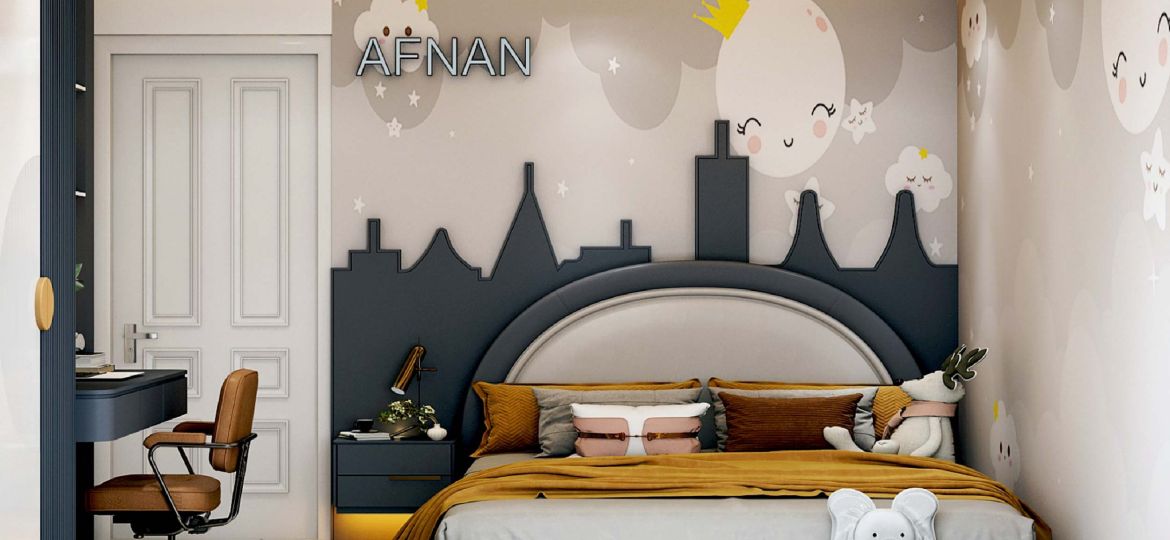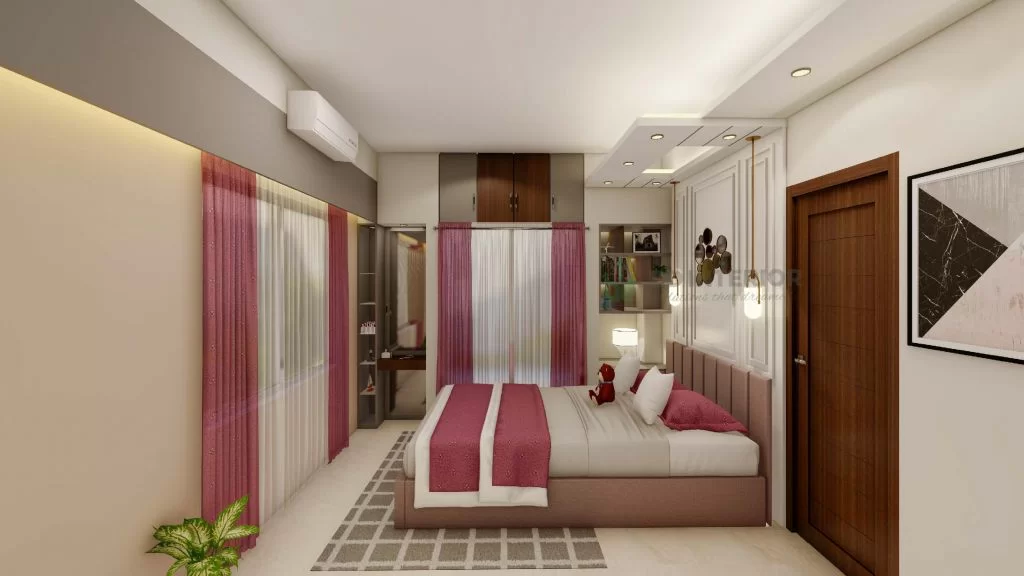
Essential Tips for Designing a Safe, Joyful, and Functional Kids’ Bedroom
Creating the perfect bedroom for your child involves balancing safety, comfort, functionality, and a touch of creativity. A thoughtfully designed kids’ room can foster happiness, support development, and ensure a safe environment.
Let’s explore some key tips to transform your child’s bedroom into a space they will love and thrive in.
1. Prioritize Safety First
Safety should be at the forefront when designing a child’s bedroom. Children are naturally curious and adventurous, so taking precautions to eliminate potential hazards is crucial:
• Avoid sharp edges: Opt for rounded furniture edges or install edge protectors to prevent injuries.
• Stabilize furniture: Anchor dressers, bookshelves, and other heavy furniture to the wall to prevent them from tipping over.
• Electrical safety: Keep electrical outlets covered and wires out of reach.
• Non-toxic materials: Use furniture, paint, and decor that are free of harmful chemicals to ensure a healthy environment for your child.

2. Choose the Right Colors
The colors in a child’s room significantly influence their mood and energy levels. Bright and cheerful colors like blue, green, or yellow can promote positivity and creativity. However, it’s best to avoid overly bold or dark shades, which may feel overwhelming. Instead, aim for a balance by incorporating softer tones or pastels to create a calm and soothing ambiance.
Consider adding color through:
• Walls: Paint or wallpaper with playful designs.
• Furniture and decor: Include colorful bedding, curtains, and rugs.
• Accent pieces: Use vibrant cushions, wall art, or toys to add pops of color without overpowering the room.
 3. Opt for Functional Furniture
3. Opt for Functional Furniture
Space is often a constraint in kids’ rooms, so selecting furniture that serves multiple purposes is essential. Functional furniture helps maximize space and keeps the room organized.
Some practical options include:
• Storage beds: Beds with built-in drawers or compartments provide extra space to store toys, clothes, or bedding.
• Wall-mounted shelves: These free up floor space and allow easy access to books, toys, or decorative items.
• Foldable furniture: Chairs, tables, or desks that can be folded away when not in use are excellent for small rooms.
4. Incorporate Themes and Styles
Choosing a theme that resonates with your child’s personality and interests can make their room feel more personal and inviting.
Popular themes include:
• Nature-inspired: Add elements like leaf-shaped rugs, tree decals, or floral patterns.
• Cartoon or movie characters: Feature their favorite animated characters on bedding or wall art.
• Educational themes: Include a world map, alphabet posters, or a science-themed corner to inspire learning.
Involve your child in the decision-making process to ensure their room reflects their individuality.

5. Ensure Proper Lighting
Lighting plays a vital role in setting the mood and functionality of a child’s room. A combination of natural, soft, and warm lighting can create a welcoming atmosphere:
• Natural light: Use sheer curtains to allow sunlight to brighten the room during the day.
• Task lighting: Install desk lamps for studying or reading.
• Nightlights: Add a gentle nightlight to help your child feel secure and comfortable at bedtime.
 6. Create a Play Zone
6. Create a Play Zone
Children need a dedicated space to play, explore, and express themselves. Designating a specific corner of their room as a play zone can encourage creativity and keep the rest of the room tidy:
• Soft flooring: Use rugs or foam mats to provide a comfortable and safe play surface.
• Toy storage: Include bins or baskets to keep toys organized and within reach.
• Interactive elements: Consider adding a small tent, a chalkboard wall, or an art station.
Ensure that the play area is free from hard surfaces or sharp objects to prevent injuries during playtime.
Your child’s room should reflect their passions and hobbies. Adding personalized touches can make their space more enjoyable and meaningful:
• Books: Create a mini-library with their favorite books.
• Hobbies: Display items like musical instruments, sports equipment, or art supplies.
• Photos and artwork: Showcase family photos, their drawings, or framed posters of their interests.
Encourage your child to contribute to the room’s decor by choosing items that resonate with them.
8. Keep It Organized
A clutter-free room promotes a sense of calm and helps children develop organizational skills. Implement storage solutions to maintain order:
• Labels: Use labeled bins or baskets to make it easy for children to identify where things belong.
• Accessible storage: Place frequently used items within your child’s reach.
• Rotating toys: Store some toys away and rotate them periodically to keep the room fresh and engaging.
9. Focus on Comfort and Durability
Children need a comfortable and durable space to relax, sleep, and grow. When selecting furniture and bedding:
• Choose quality materials: Invest in sturdy furniture and hypoallergenic bedding to ensure safety and longevity.
• Comfortable seating: Add bean bags, cushions, or small chairs for cozy seating options.
• Layered bedding: Include soft sheets, blankets, and pillows for added comfort.
10. Adapt for Growth
Kids grow quickly, and their needs change over time. Design their room with adaptability in mind:
• Neutral base: Choose neutral furniture and wall colors that can evolve with your child’s preferences.
• Flexible storage: Use modular storage solutions that can be reconfigured as needed.
• Convertible furniture: Consider items like a crib that converts into a toddler bed or a desk with an adjustable height.
Conclusion
Designing a kids’ bedroom is a wonderful opportunity to combine creativity, functionality, and love. By prioritizing safety, incorporating their interests, and ensuring the space is adaptable, you can create a room where your child feels happy, secure, and inspired. Take these tips into account, and watch your child’s room become a cherished part of their childhood memories.
0